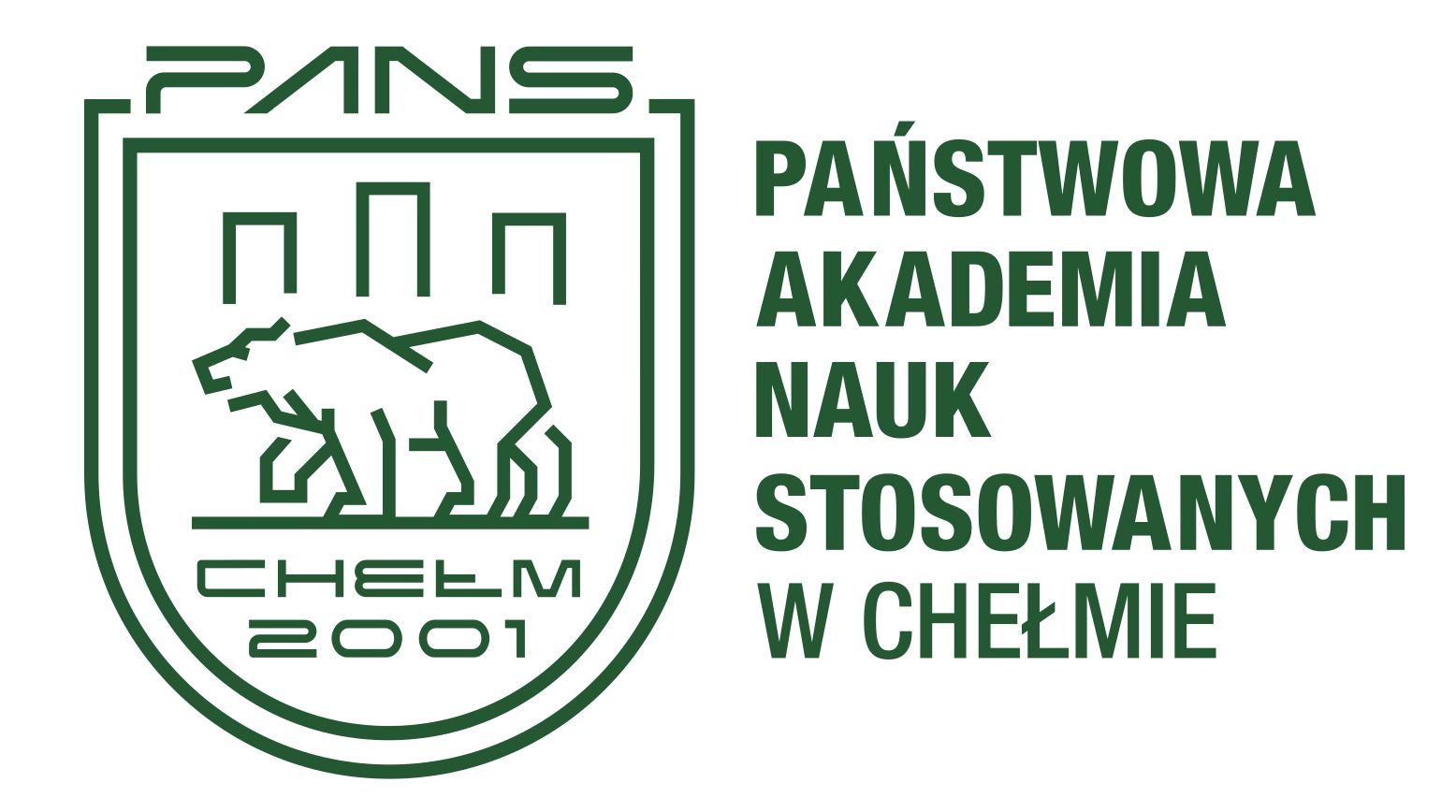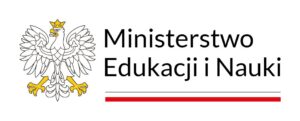Wybrane aktualne trendy i możliwości badawcze w tłumaczeniu audiowizualnym w latach 20. dwudziestego pierwszego wieku
DOI:
https://doi.org/10.54515/lcp.2023.1.49-61Słowa kluczowe:
tłumaczenie audiowizualne, studia recepcyjne, dostępność, crowdsourcingAbstrakt
W niniejszym artykule omówione zostały wybrane trendy badawcze w zakresie tłumaczenia audiowizualnego, które jest szybko rozwijającą się dziedziną translatoryki ze względu na zwiększone w dobie rozwoju technologii zapotrzebowanie na treści audiowizualne. Artykuł krótko opisuje badania zorientowane na odbiorcę, a także możliwości, jakie dają technologie rozpoznawania emocji i śledzenia wzroku. Szczególny nacisk został położony na udostępnianie treści audiowizualnych odbiorcom niedosłyszącym i niedowidzącym.
Autorka podejmuje również zagadnienie tłumaczenia zespołowego – odnosi się zarówno do crowdsourcingu, jak i do fansubbingu i fandubbingu jako popularnych form przekładu amatorskiego. W artykule omówione zostały też sposoby wykorzystywania tłumaczenia maszynowego, neuronowego tłumaczenia maszynowego i tłumaczenia mowy w przekazie audiowizualnym lub multimedialnym.
Bibliografia
Alfaify, A., Ramos Pinto, S. (2022). “Cultural references in Films: an audience reception study of subtitling into Arabic”. In: The Translator, vol. 28.
Baños, R. (2020). Fandubbing. In: Ł. Bogucki, M. Deckert (eds). The Palgrave Handbook of Audiovisual Translation and Media Accessibility. London: Palgrave Macmillan.
Bednárová-Gibová, K. (2018). More Recent Avenues of Research in Contemporary Translation Studies. In: L. Harmon, D. Osuchowska (eds) Translation Studies across the Boundaries. Berlin: Peter Lang.
Bednárová-Gibová, K. (2021). “The Changing Face of Contemporary Translation Studies through Polydisciplinary Lenses: Possibilities and Caveats”. In: Russian Journal of Linguistics, vol. 25.
Bolaños-García-Escribano, A.B., Díaz Cintas, J., Massida, S. (2018). “Recent trends in translator training – audiovisual translation and applied technologies at stake”. In: The Interpreter and Translator Trainer, vol. 12.
Bolaños-García-Escribanos, A., Díaz-Cintas, J. (2019). Audiovisual Translation: Subtitling and Revoicing. In: S. Laviosa, M. Gonzáles-Davies (eds). The Routledge Handbook of Translation and Education. London: Routledge.
Bolaños-García-Escribanos, A., Díaz-Cintas, J., Massidda, S. (2021). “Latest advancements in audiovisual translation”. In: The Interpreter and Translator Trainer, vol. 15.
Bolaños-García-Escribanos, A. (2022) “Perception in Audiovisual Translation: Studying Culture and Humour in English Dubs and Subs”. In: Conference: UNED Invited Talks (Humanities).
Božović, P. (2019). “How should culture be rendered in subtitling and dubbing? A reception study on preferences and attitudes of end-users”. In: Babel, vol. 65.
Bywood, L., Georgakopoulou, P., Etchegoyhen, T. (2017). “Embracing the Threat: Machine Translation as a Solution for Subtitling”. In: Perspectives, vol. 25.
Chaume, F. (2013). “The turn of audiovisual translation. New audiences and new technologies”. In: Translation Spaces, vol 2, issue 1.
Chaume, F. (2018). “Is audiovisual translation putting the concept of translation up against the ropes”. In: The Journal of Specialised Translation, no. 30.
Cheng, Y.F., Lee, H. S., Wang, H. M. (2021). “AlloST: Low-resource Speech Translation without Source Transcription”. In: arXiv preprint arXiv:2105.00171.
Di Giovanni, E. (2020). Reception Studies and Audiovisual Translation. In: Ł. Bogucki, M. Deckert (eds). The Palgrave Handbook of Audiovisual Translation and Media Accessibility. London: Palgrave Macmillan.
Díaz Cintas, J., Szarkowska, A. (2020). “Introduction: Experimental Research in Audiovisual Translation – Cognition, Reception, Production”. In: The Journal of Specialised Translation, no. 33.
Dore, M. (2020). Humour in Audiovisual Translation. Theories and Applications. London and New York: Routledge.
Ekswärd, S., Falk, J. (2021). Evaluating Speech-to-Text Systems and AR-glasses. A study to develop a potential assistive device for people with hearing impairments. Sweden: Uppsala University.
Fan, L. (2020). Collaborative Translation and AVT. In: Ł. Bogucki, M. Deckert (eds). The Palgrave Handbook of Audiovisual Translation and Media Accessibility. London: Palgrave Macmillan.
Fernández-Costales, A. (2013). “Crowdsourcing and collaborative online translation: mass phenomena or silent threat to translation studies?” In: Hermēneus, no. 15.
Gállego, G. I. (2021). “Major Breakthroughs in… End-to-end Speech Translation (III)”. https://mt.cs.upc.edu/2021/02/15/major-breakthroughs-in-end-to-end-speech-translation-iii/, 13.3.2023.
Gambier, Y. (2017). Crowdsourcing and collaborative translation in Translation Studies. In: Jiménez-Crespo, M. A. (ed.). Crowdsourcing and Collaborative Translations. Expanding the Limits of Translation Studies. Amsterdam/Philadelphia: John Benjamins.
Guerberof Arenas, A. (2008). “Productivity and quality in the post-editing of outputs from translation memories and machine translation”. In: The International Journal of Localisation, vol. 7.
Holmes, S. J. (1998). The name and nature of translation studies. In: G. Toury (ed.). Translation Across Culture. New Delhi: Bahri Publications.
Hui-chin Lin, G., Shih Chien Chien, P. (2009). “Machine Translation for Academic Purposes”. In: International Conference on TESOL and Translation 2009.
Inaguma, H., Duh, K., Kawahara T., Watanabe, S. (2019). “Multilingual End-to-End Speech Translation”. In: 2019 IEEE Automatic Speech Recognition and Understanding Workshop (ASRU).
Jiménez-Crespo, M. A. (2017). Crowdsourcing and Online Collaborative Translations. Amsterdam/Philadelphia: John Benjamins
Jiménez-Crespo, M. A. (2018). Crowdsourcing and translation quality: Novel approaches in the language industry and Translation Studies. Berlin: Springer.
Karakanta, A. (2022). “Experimental research in automatic subtitling. At the crossroads between machine translation and audiovisual translation”. In: Translation Spaces, vol. 11.
Koponen, M. (2016). “Is machine translation post-editing worth the effort? A survey of research into post-editing and effort”. In: The Journal of Specialised Translation, no 25.
Kruger, J. (2019). Eye tracking in Audiovisual Translation Research. In: L. Pérez-Gonzáles. (ed.). The Routledge Handbook of Audiovisual Translation. London and New York: Routledge.
Lacković, L. (2022). Audiovisual Translation: Challenges of Translating Humor from English into Croatian in the American Sitcom “The Office”. Rijeka: University of Rijeka.
Lång, J. (2023). Eye Movements and Reception of Audiovisual Translation. An Empirical Look into Interlingually Subtitled Television Programs. Joensuu: University of Eastern Finland.
Ma, S., McDuff, D., Song, Y. (2019). M3D-GAN: Multi-Modal Multi-Domain Translation with Universal Attention. https://arxiv.org/pdf/1907.04378.pdf, 12.3.2023.
Mertens, J. (2023). “Abridged anime and the distance in fan-dubbing: Interpreting culture through parody and fan appropriation”. In: International Journal of Cultural Studies, vol. 26.
Néves, J. (2019). Subtitling for deaf and hard of hearing audiences. Moving forward. In: L. Pérez-Gonzáles (ed.). The Routledge Handbook of Audiovisual Translation. London and New York: Routledge.
Pérez-Gonzáles, L. (2020). Audiovisual translation. In: M. Baker, G. Saldanha (eds). Routledge Encyclopedia of Translation Studies, 3rd edition. London and New York: Routledge.
Revuelta P., Ortiz, T., Lucía, M. J., Ruiz, B., Sánchez-Pena, J. M. (2020). “Limitations of Standard Accessible Captioning of Sounds and Music for Deaf and Hard of Hearing People: An EEG Study”. In: Frontiers Integrative Neuroscience, vol. 18.
Sanchéz-Torron, M., Koehn, P. (2016). “Machine Translation Quality and Post-Editor Productivity”. In: Proceedings of the Conference of the Association for Machine Translation in the Americas (AMTA), vol. 1.
Silva, B. B., Orrego-Carmona, D., Szarkowska, A. (2022). “Using linear mixed models to analyse data from eye-tracking research on subtitling”. In: Translation Spaces, vol. 11.
Sulubacak, U., Caglayan, O., Grönroos, S.A., Rouhe, A., Elliot, D., Specia, L., Tiedemann J. (2020). “Multimodal machine translation through visuals and speech”. In: Machine Translation, vol. 34.
Thaler, V. (2017) 21. Crowdsourcing Translation. In: K. Bedijs, Ch. Maaß (eds). Manual of Romance Languages in the Media. Berlin, Boston: De Gruyter.
Valdeón, R. A. (2022). “Latest trends in audiovisual translation”. In: Perspectives, vol. 30.
Yang, Z., Mustafa H.R. (2022). “On Postediting of Machine Translation and Workflow for Undergraduate Translation Program in China”. In: Human Behavior and Emerging Technologies, vol. 2022.
Zong, Z. (2018). “Research on the Relations Between Machine Translation and Human Translation”. In: Journal of Physics: Conference Series 1087 062046.











